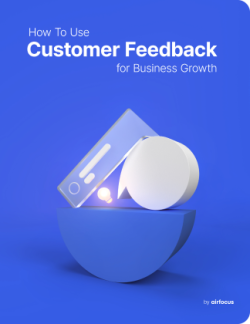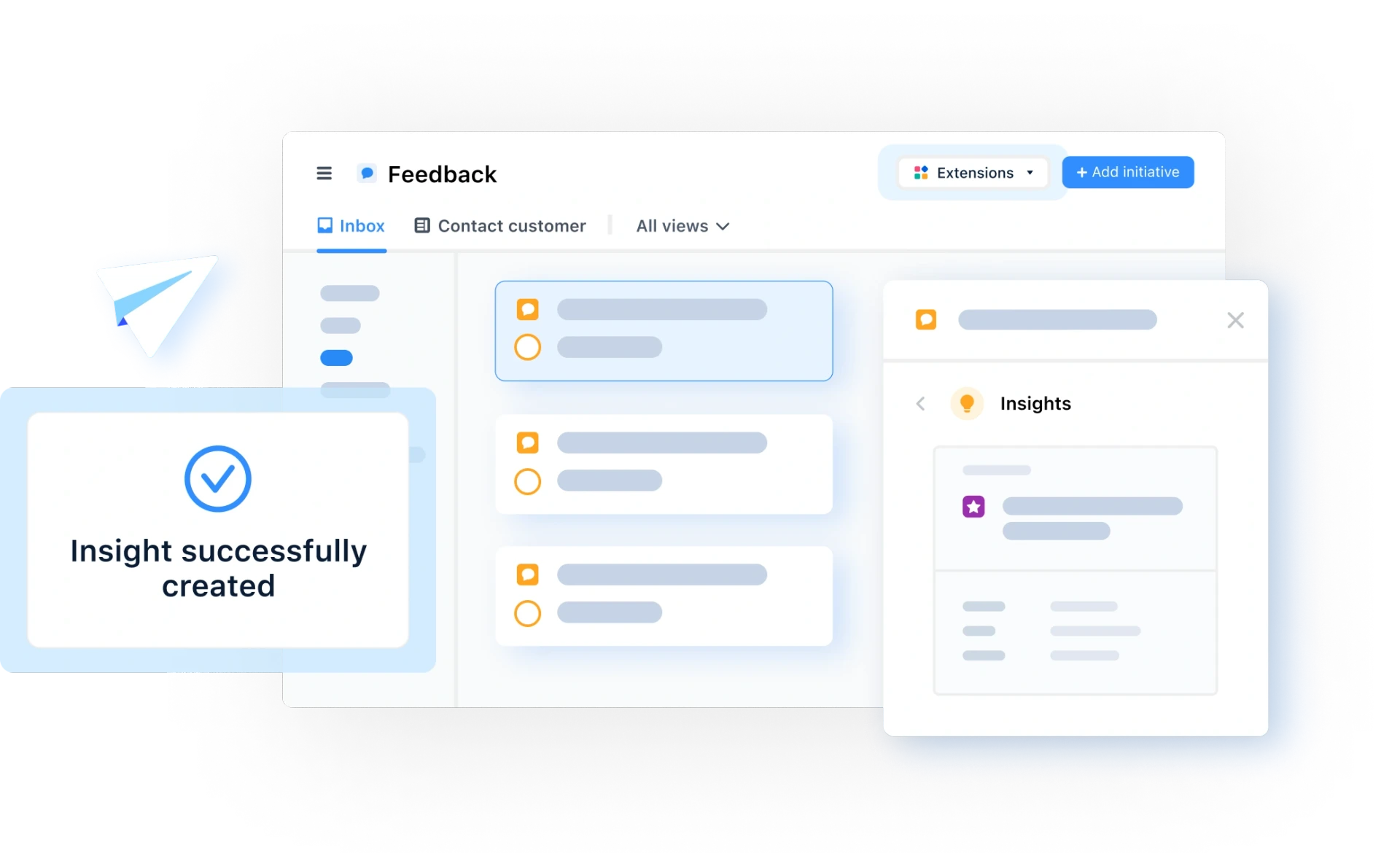Customer Advisory Board (CAB)
What is a customer advisory board
Definition of customer advisory board
A customer advisory board (CAB) is a hand-picked group of customers — typically high-level executives who can provide in-depth market insights — that meet regularly to advise organizations and share their experiences as customers.
Businesses create customer advisory boards to:
Gather market intelligence
Validate (or challenge) product ideas
Shape marketing messages
Create brand champions
Having an active CAB can also promote deeper engagement with high-value customers. Digital transformation and a rapidly changing business and end-consumer environment mean customers want to be assured that you understand their evolving needs.
Regular, in-depth dialogue helps seed confidence that they have made the right decision in choosing your product.
What do customer advisory boards do?
Customer advisory boards are convened for annual or periodic (quarterly, half-yearly) meetings to discuss a company’s products, services, customer support, and product pipeline.
Members are usually drawn from the ranks of key customers or accounts. They are asked to offer feedback on products, services, and operating policies, and share their overall impressions of the company or brand.
CABs help product teams understand what customers like about their products, what they don’t like, and what they’d like to see next. Their insights can provide a better idea of where to focus effort and resources as product strategy evolves. This is one of the main reasons why having an open forum with customers can help guide a business’ strategic direction.
CABs also provide invaluable guidance that helps shape the product roadmap.
By sharing insights into how they use products, what features and functions they value most, and what other functionality or tools they’d like to have, CABs provide market intelligence that might not otherwise be readily available, which can be crucial for prioritization.
What are the benefits of having a customer advisory board?
Customer advisory boards help you understand your company products from an outside perspective. Their input can improve your understanding of customers' needs, pain points, and aspirations.
CABs also:
Provide a better understanding of end-users in your market
Become senior beta users for new products or services
Help identify new markets
Be a sounding board to help validate ideas and suggestions
Help product managers understand if the product roadmap is in-sync with the customer’s needs or direction as a business
While it’s definitely not a shoo-in, asking senior executives from big-budget accounts to become advisory members may increase the likelihood that they will spend more with your company, so there are some potential financial benefits, too.
Customers want to be part of the decision-making process and they'll show their thanks with increased loyalty — potentially even becoming brand advocates.
Finally, CABs can provide product teams with the unvarnished truth, direct and honest feedback that isn’t filtered through sales teams (who tend to accentuate the positive), or customer support teams (who naturally focus on problems and complaints).
How to get value from CABs
CABs are typically coordinated and managed by product managers in alignment with internal product stakeholders who want to participate.
Any customer advisory board should constitute a representative sample of a company’s market, across geographies, categories, sectors or job roles. It should include a cross-section of customers representing as many different market audiences as possible.
When forming a customer advisory board, it’s helpful to focus on the most valuable customers are, and invite each one to select someone to represent them on the board.
A typical CAB might have between 15 and 25 customer representatives.
It’s also best-practice to ensure everyone agrees upon the purpose of board meetings to avoid having them hijacked by tangential topics.
Potential objectives could include validating product direction, understanding market trends, identifying new opportunities, or delving into the needs of specific sectors or geographies.

General FAQ

Glossary categories
All product feedback in one place

Experience the new way of doing product management








